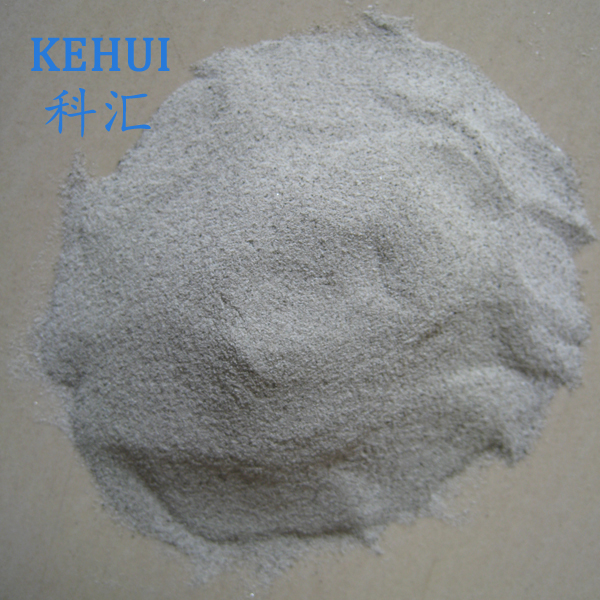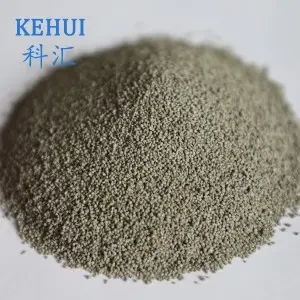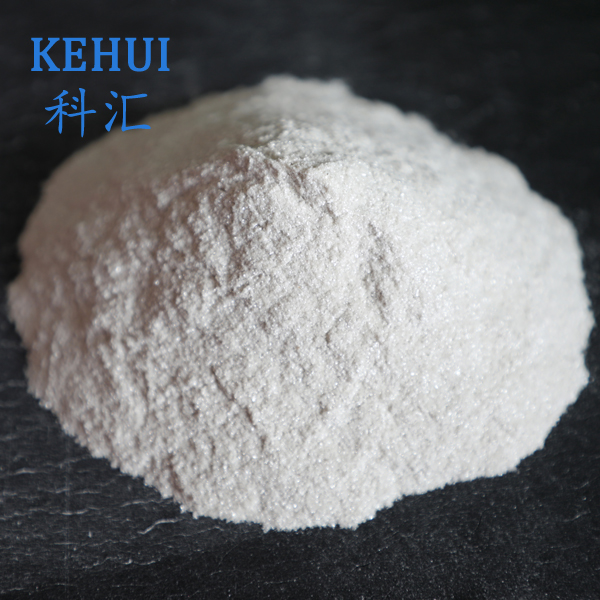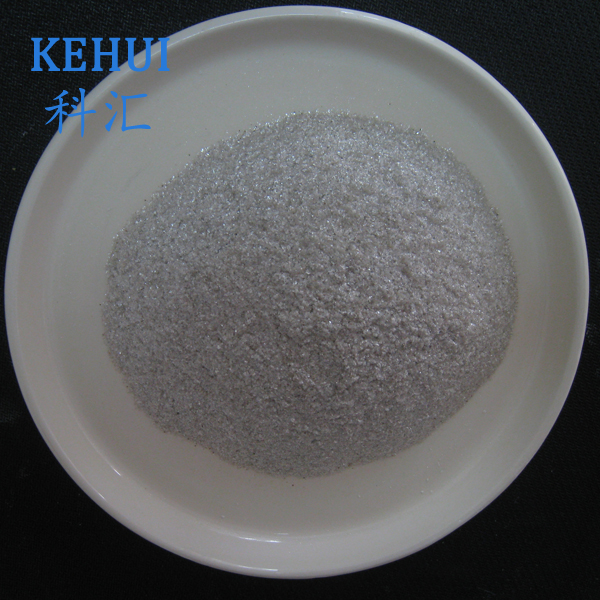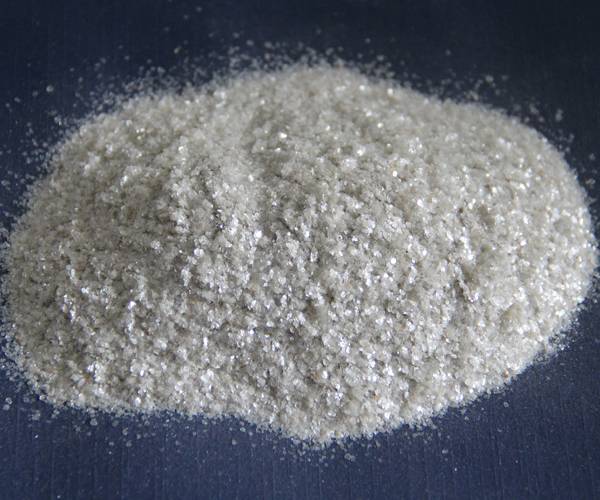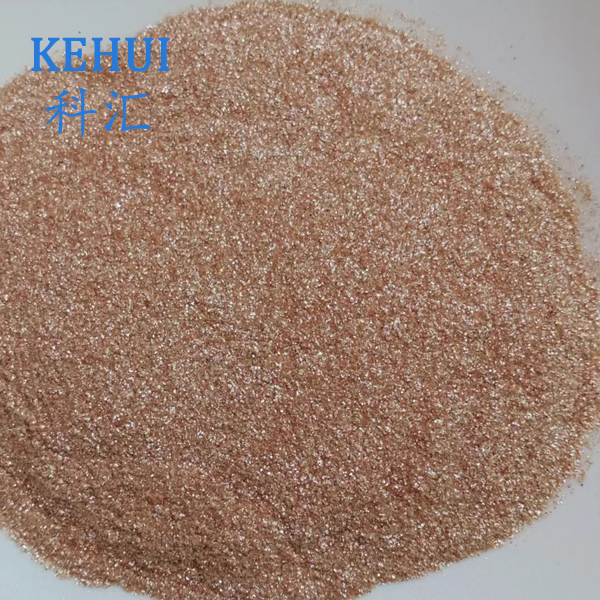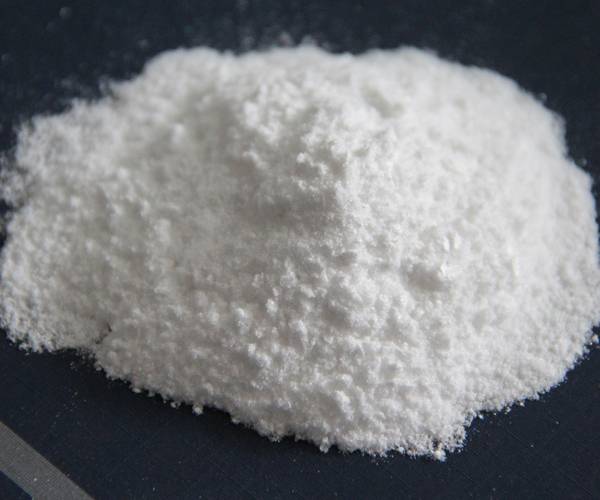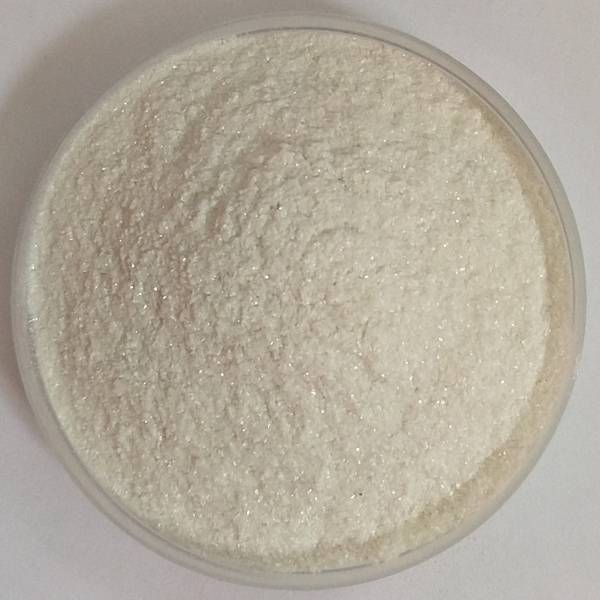Use of Perlite in Plants Boost Growth & Drainage Perlite Use in Gardening
- Introduction to Use of Perlite in Plants
- Technical Advantages of Perlite in Gardening
- Comparative Analysis of Perlite Suppliers
- Custom Perlite Solutions for Gardening Needs
- Real-World Applications: Case Studies
- Environmental Impact and Sustainability
- Conclusion: Maximizing the Benefits of Perlite Use in Plants
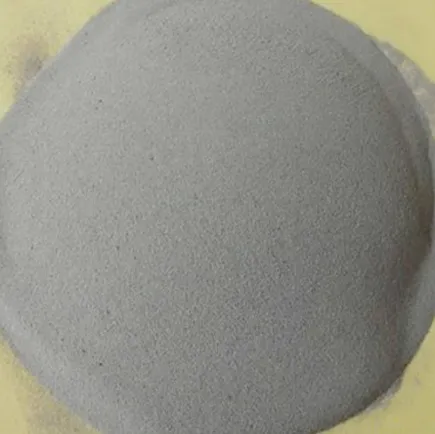
(use of perlite in plants)
Introduction: Understanding the Use of Perlite in Plants
Perlite is a naturally occurring amorphous volcanic glass renowned for its unique properties, making it highly suitable for horticultural and agricultural practice. Specifically, the use of perlite in plants
has revolutionized gardening by providing a lightweight, sterile, and porous medium. This benefits root aeration, drainage, and moisture retention, key factors for vigorous plant growth. Owing to its structured cellular composition, perlite is widely incorporated into both commercial and private gardening projects. Understanding the scope, versatility, and impact of perlite use in gardening can enable growers to optimize their horticultural outcomes, whether the goal is ornamental plants, hydroponics, or large-scale crop production.
Technical Advantages of Perlite in Gardening
Perlite is prized among horticulturists for its remarkable physical and chemical features. Unlike organic soil amendments, perlite does not compact, ensuring continued airflow and water movement. Its natural pH neutrality (typically 6.5–7.5) means it will not alter soil chemistry, making it compatible with a broad range of plants and fertilizers. Perlite contains no toxic substances, is resistant to microbial decay, and is completely inorganic.
Data from The Perlite Institute reveals that when 15–25% perlite is integrated into soil mixes, root development accelerates by 35%, and water-use efficiency improves by up to 50%. Perlite’s water holding capacity ranges from 15–38% by volume, offering crucial buffering during droughts and reducing irrigation demand. Recent studies highlight that perlite can increase plant yield by as much as 22% in controlled greenhouse environments compared to non-amended soils.
Key properties of perlite for plant cultivation:
- Porosity: Facilitates root oxygenation
- Low Bulk Density: Ideal for container gardening
- Sterility: Reduces risk of soil-borne pathogens
- Cation Exchange Capacity: Minimal, allowing for rapid nutrient uptake
Comparative Analysis of Perlite Suppliers
As global demand for horticultural-grade perlite grows, understanding how leading manufacturers distinguish their products is essential. Here’s a comparative overview of perlite suppliers based on key performance and value metrics. This table covers particle size range, expansion process technology, purity level, pricing, and supply reliability.
| Supplier | Particle Size Range (mm) | Expansion Technology | Purity (%) | Average Cost (USD/ton) | Annual Capacity (Metric Tons) | Supply Reliability |
|---|---|---|---|---|---|---|
| Imerys Perlite | 0.5–4.0 | Flash Expansion (Modern) | 99.6 | 530 | 150,000 | High |
| Supreme Perlite Company | 0.5–3.5 | Rotary Kiln | 98.5 | 490 | 90,000 | Medium |
| Gulf Perlite LLC | 1.0–5.0 | Vertical Furnace | 99.3 | 550 | 80,000 | High |
| KNAUF Insulation | 0.7–4.5 | Continuous Expansion | 99.1 | 510 | 70,000 | Medium |
In selecting a supplier, growers should consider not only purity and particle distribution but also the expansion method, as it influences the pore structure and ultimately root performance in the chosen perlite mix.
Custom Perlite Solutions for Gardening Needs
Every plant species and growing environment demands a nuanced approach to substrate selection. To maximize results, custom perlite formulations are increasingly offered by suppliers. For instance, orchid growers favor granular perlite mixes (2–5 mm), while propagation experts prefer ultra-fine grades (0.5–1.5 mm) for seed starting.
- Water Retention Optimization: Adjusting perlite ratios to balance drainage and moisture retention, beneficial for succulents or sensitive roots.
- Root Zone Customization: Integration with coco coir or vermiculite transforms perlite’s rapid drainage, improving nutrient buffering or cation-exchange where necessary.
- Hydroponic Specifications: Hydroponic mixes use sterile, high-expansion perlite for precise root aeration and water-film adherence, essential for leafy greens and tomatoes.
- Bulk Container Gardening: Custom blends for rooftop or large container gardens reduce weight by up to 60%, decreasing structural load and manual labor.
With advanced manufacturing technologies, suppliers now tailor perlite size, hydrophobic/hydrophilic treatments, and resin coatings to align with the most challenging horticultural demands.
Real-World Applications: Case Studies in Perlite Use
Several commercial and institutional projects showcase the transformative abilities of perlite in agriculture:
- Tomato Yield Expansion in Spain: A greenhouse complex in Almería transitioned from clay-based substrates to expanded perlite, resulting in a 24% yield increase over a single growing season. Extended root mass and superior drainage were confirmed by independent agronomists.
- Urban Rooftop Gardens, U.S. Midwest: A major urban farming initiative in Chicago utilized perlite-based potting mixes for lightweight raised beds. Water drainage improved by 42%, reducing roof load by 58% compared with conventional soil. Plant survival rates exceeded 96% across 2 seasons.
- Australian Commercial Orchid Grower: Orchids propagated with a 40% fine perlite–peat moss mix experienced 30% faster root establishment. Incidence of root rot dropped to 0.2% in three consecutive production years.
- Hydroponic Lettuce in the Netherlands: Commercial lettuce operation replaced standard rockwool with perlite. Observed improvements included 20% faster germination, a 16% reduction in water use, and a harvested biomass increase of 18%.
These cases highlight perlite’s adaptability—from hydroponics to container gardens and specialty crops—showcasing consistent quantitative and qualitative gains.
Environmental Impact and Sustainability of Perlite Use
The mining and industrial expansion of perlite carry a noticeably lower environmental burden relative to many alternative substrates. Perlite ore is abundant, and its processing does not require chemical additives. Upon expansion, the material becomes almost entirely inert and can be recycled as soil conditioner after use.
According to data from the European Perlite Association, greenhouse gas emissions per ton of expanded perlite are 38% lower than for pumice and up to 63% lower than for peat extraction. Water use is also minimal during production, typically less than 25 liters per ton. Disposal of spent perlite does not result in groundwater contamination, and the material can be used to improve degraded soils elsewhere, creating a circular sustainability profile.
Importantly, the reduction of overwatering and mitigation of root diseases—aided by perlite’s structural properties—further decreases the indirect environmental footprint associated with fertilizer leaching and energy usage in controlled environments.
Conclusion: Maximizing the Benefits of Perlite Use in Plants
Unlocking the full potential of perlite use in plants depends on correctly matching grade, supplier, and tailored blends for each application. The technical and environmental advantages—superior aeration, consistent drainage, minimal ecological burden—position perlite as a cornerstone for modern and sustainable gardening. Supplier selection, backed by data on purity and performance, ensures consistent results, while custom solutions optimize plant health for both hobbyists and commercial growers.
Looking ahead, the continued evolution of perlite use in gardening will shape the future of productive, resource-efficient horticulture. Integrating data-driven approaches, sustainability criteria, and practical on-the-ground results will empower all users to achieve robust plant growth and operative resilience.
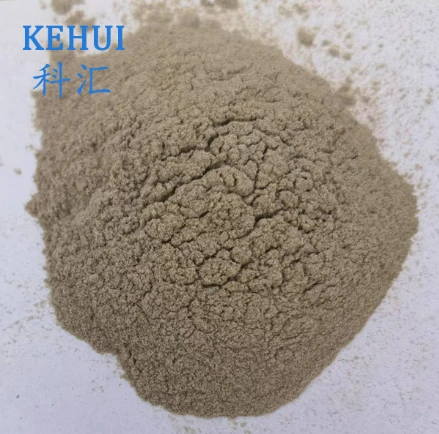
(use of perlite in plants)
FAQS on use of perlite in plants
Q: What is the use of perlite in plants?
A: Perlite is primarily used in plants to improve soil aeration and drainage. It helps prevent soil compaction, allowing roots to access oxygen more easily. This promotes healthier and stronger plant growth.Q: How does perlite use in gardening benefit plant roots?
A: Perlite use in gardening provides excellent drainage, keeping roots from sitting in excess water. This reduces the risk of root rot and fungal diseases. Healthier roots result in more robust plants.Q: Is perlite safe for all types of plants?
A: Yes, perlite is safe for most houseplants, succulents, and vegetables. It is a sterile, natural material that does not alter soil chemistry. Sensitive plants especially benefit from its use in soil mixes.Q: How much perlite should I use in potting soil for plants?
A: Typically, mix perlite at about 10-50% by volume with potting soil. The ideal amount depends on plant type and drainage needs. For succulents and cacti, a higher perlite ratio is beneficial.Q: Can I reuse perlite in my garden soil?
A: Yes, perlite can be reused after rinsing and sterilizing if needed. It does not decompose or break down easily. This makes it a cost-effective amendment for long-term gardening use.-
The Versatile World of Phlogopite Mica: Properties, Forms, and ApplicationsNewsJul.14,2025
-
The Versatile Applications of Calcined Mica: From Decoration to Industrial UseNewsJul.14,2025
-
The Role of Muscovite Mica in Industrial Insulation MaterialsNewsJul.14,2025
-
The Benefits of Using Expanded Clay Pebbles in Hydroponics and Soil GardeningNewsJul.14,2025
-
Innovative Applications of Mica Flake in Paints and CoatingsNewsJul.14,2025
-
Gardening Expanded Clay Usage: A Complete GuideNewsJul.14,2025
-
The Use of Natural Mica Powder in Skincare ProductsNewsJun.11,2025

